About Linkle.
By Hailinel 2 Comments
A curious thing happened earlier this week. It was discovered that a Japanese art book for Hyrule Warriors features concept art of Link as a girl. Roughly transliterated, this female equivalent is apparently named Linkle. I already posted a thread regarding this here. What I’m more interested in discussing now, however, isn’t the artwork, but the reaction that the artwork received, which was at times baffling.
For reference, here is the artwork again:
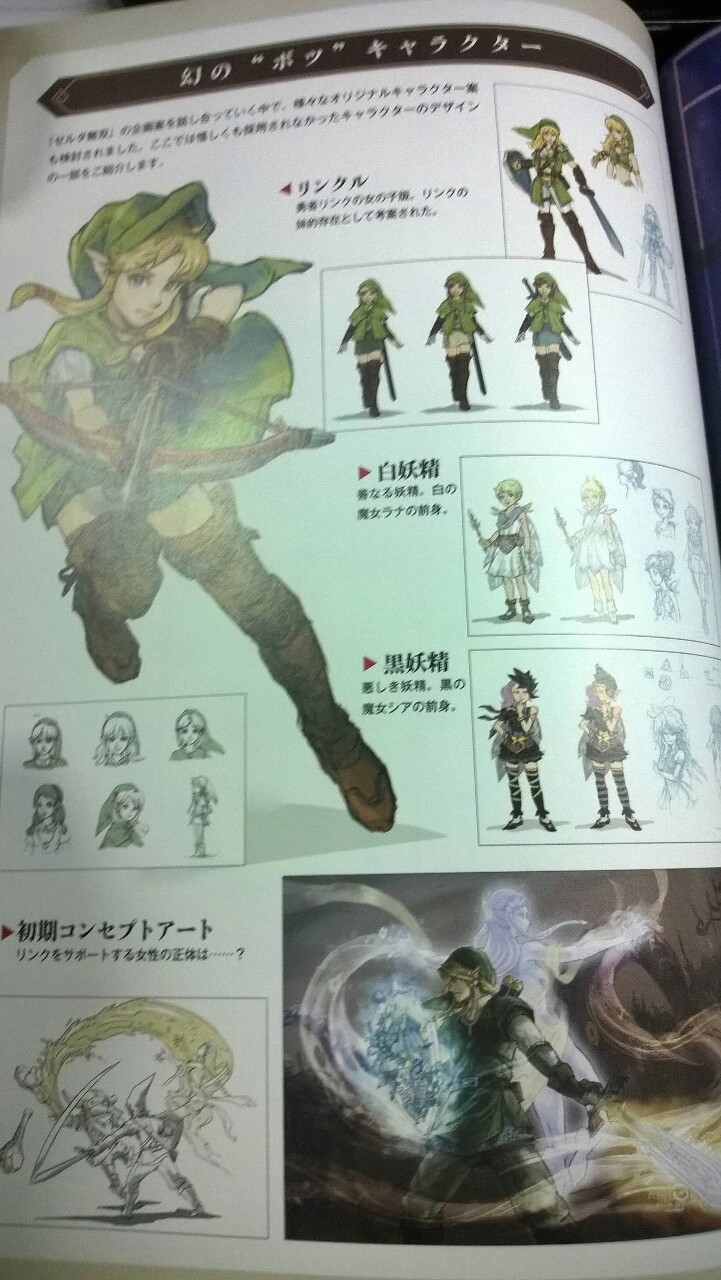
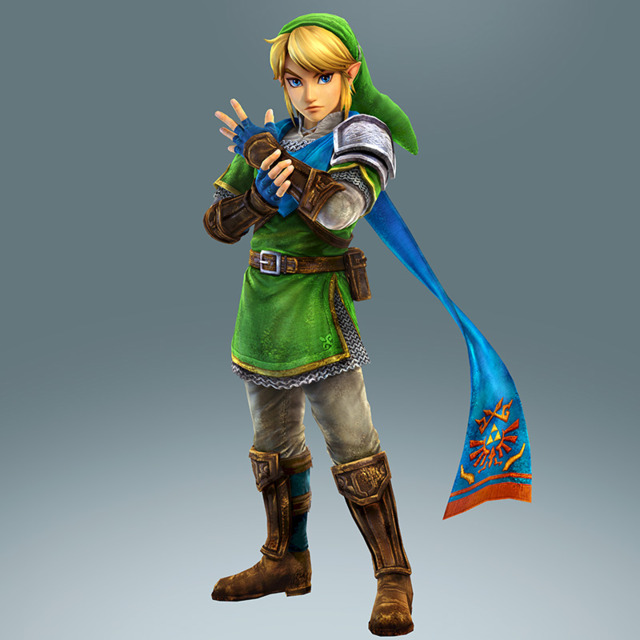
From a basic analysis, the artwork definitely appears to be a female Link. She wears a feminine cut of Link’s tunic, a looser-fitting cap, and taller boots, but it is, in general, Link’s traditional garb. The specific aspects of the design, such as the shade of green in the tunic, the blonde color of Link’s hair, and the texture of the gloves and boots, all indicate that Linkle is, more or less, a female design of the Hyrule Warriors Link, minus the scarf. This makes sense given the source material and the people responsible.
What I find off-putting are those that seemed to be more reductive in their own analysis. The idea that it doesn’t take much to make Link a woman, that he’s already feminine enough that you could just put breasts on him and call him a her, is absurd. There’s no question that in games such as Ocarina of Time, Twilight Princess, and Skyward Sword that Link’s designs skew away from the rugged and more toward the pretty concept of masculine beauty. But having features that could be described as androgynous doesn’t mean that Link is one or two steps away from being a girl. Nor does it mean that it takes zero effort to draw a female Link, as though ideas like proportion, body and facial shape are meaningless and easily exchanged. I have artist friends that have little to no trouble drawing women, but ask them to draw a man and the task suddenly grows more difficult for them. From an artistic standpoint, masculine and feminine physiques simply are not one in the same.
Equally absurd were responses directed at Linkle’s attire. In particular, criticism was directed toward her boots, with suggestions that it was out of character for her; a concept that is largely meaningless, as Linkle’s personality is undefined and who’s to say that she wouldn’t wear them? Other arguments were targeted more at the notion that the boots are impractical and the ensemble as a whole leaves her thighs unguarded. But these arguments tend to ignore the history of Link’s designs almost entirely.
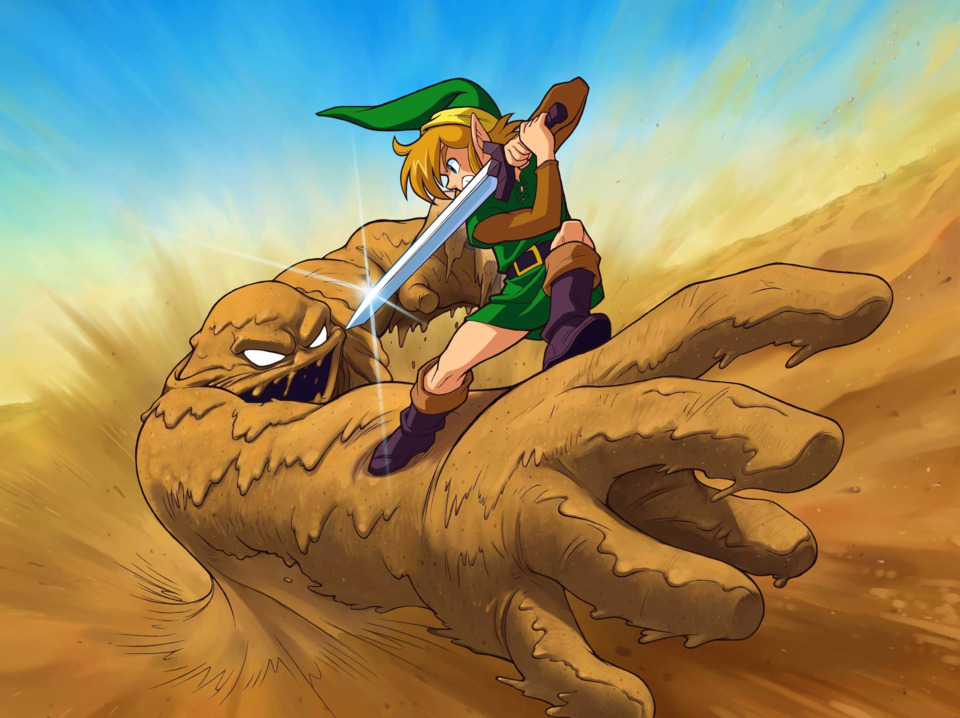

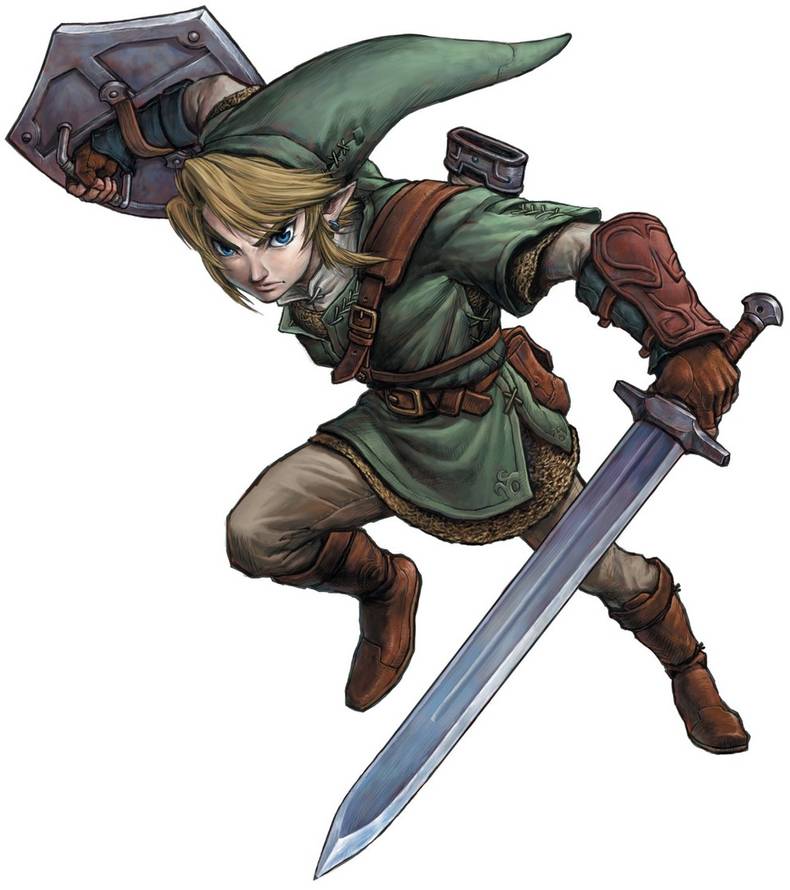
Each of the above designs are Link from Zelda games of different eras, and each variation of his design feature some significant weakpoints in his garb. Some provide no real defense to his legs at all, leaving them bare, or at best clad in tights. And while some of his later designs include a chainmail shirt under his tunic, most of his designs lack such protection. In some ways, Linkle’s boots provide more protection than Link’s average leg-wear.
And then there are the comments that dismiss the notion of a female Link entirely. What’s the point, they ask, if Link never had any personality to begin with? It is a dismissal of basic character, presenting an assumption that Link could be replaced with a cactus and it wouldn’t affect the game at all. It is an argument that ignores the backgrounds and relationships of each Link that has come and gone. While Link has historically been a silent protagonist and each incarnation shares certain heroic qualities and traits, it is his connection to the world and its characters that define him. The Link of Skyward Sword is not the same person as the Link of Wind Waker, or A Link to the Past, or Ocarina of Time. Each has their own aspects and relationships that define them as characters and individuals in their own right. Take, for example, how the silent Link reacts to revelations in this scene from Skyward Sword:
This is what really sets Link apart as a character so ripe for this treatment. Each Link is different, so who’s to say that at least one of the destined heroes in Hyrule’s long history isn’t a heroine? No matter what the reasoning behind Linkle’s design was, whether it had been mere amusement on a part of the character designer or part of an actual consideration as game content, it was obviously on the minds of some of the developers. The idea was also brought to the mind of Zelda producer Eiji Aonuma when he learned people were confused regarding the gender and identity of the figure that is Link in the Zelda Wii U teaser trailer. To say nothing of the countless pieces of fanart produced over the years that have genderbent Link for one reason or another.
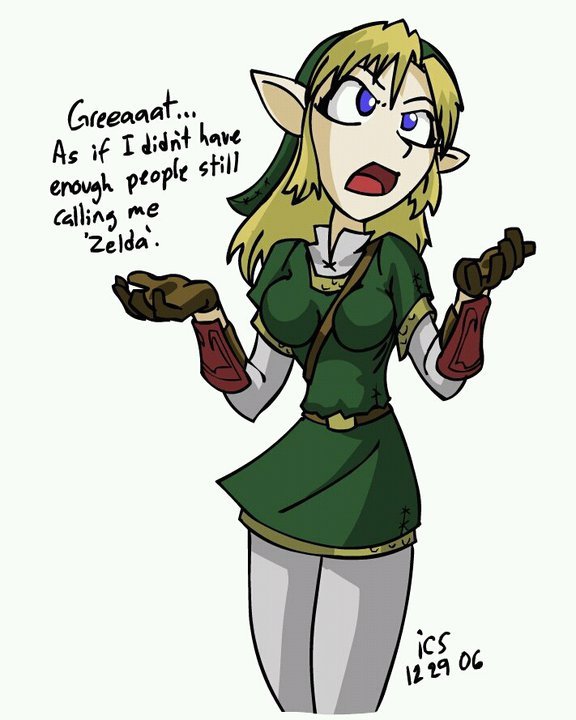
The larger point I’m making is that the idea of a female Link isn’t an absurd notion that’s worth immediate dismissal. The character as a concept is ripe for it, developers are intrigued by it, and fans have expressed varying degrees of interest and desire for it. Or I guess I should say her. Even if it were just for one game, it’s an idea that could put some fun twists on ideas of who Link(le) is and what (s)he represents.
If a future Zelda title featured Linkle instead of Link, whether she appear as designed in the art book illustration or in some other guise, how would you feel about that? Is it something you’d have interest in? Would it make you more interested in the game than usual? Less? Would you just not care? But more importantly, why do you feel that way?